Tl; dr;
- The B2B buyer journey is a complex, multi-stakeholder process focused on long-term value and integration into operations. Buyers first recognize a need, then explore solutions, and evaluate options against criteria. Finally, they make a decision through a structured purchase process, leading to the implementation.
- To optimize the B2B buyer journey, map each stage, set clear goals, research customer behaviors and create a B2B segmentation, list all touchpoints, identify pain points, allocate necessary resources, add value digitally, analyze performance, and build feedback loops for continuous improvement.
- Integrating the B2B buyer journey into the digital CX strategy means aligning educational content, detailed information, and support with each decision-making stage to facilitate a seamless transition from awareness to purchase while continuously adapting based on collecting customer feedback and prioritizing digital experiences.
- Effective B2B customer service and support hinge on CX personalization, omnichannel availability, fast response times, and self-service options to foster strong client relationships and promote customer autonomy. Customer retention relies on consistency, added value, customized solutions, and reward programs to enhance satisfaction and loyalty.
- Effective cross-selling and upselling require deep customer understanding and timing, while referrals and testimonials, encouraged through incentives and streamlined processes, leverage satisfied customers as brand ambassadors to attract new business.
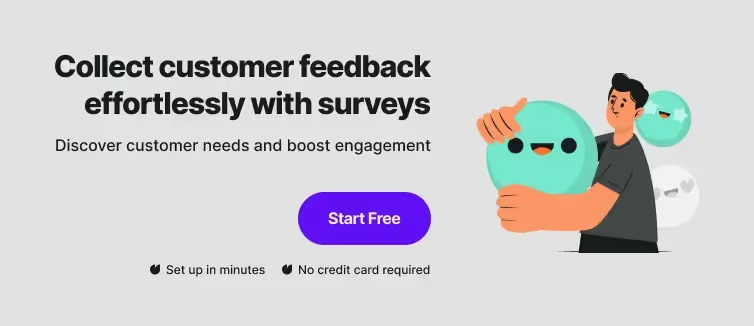
Gone are the days when a firm handshake could seal a deal. Welcome to the B2B buyer journey of 2024, where the path to purchase is less a straight line and more a strategic quest.
Ready to grasp the complexities of this multi-layered journey?
We'll dissect the multi-stage process that buyers go through, from need recognition to post-purchase implementation. By reading on, you'll uncover actionable insights to map out each critical stage, align your digital customer experience strategy, and master the art of customer retention. Prepare to turn complex journeys into streamlined paths to success, with every step offering the potential for growth and customer advocacy.
What is the B2B buyer’s journey?
The B2B buyer's journey is the process businesses undertake when considering purchasing a product or service from another business. It is more intricate than the consumer buying process, as it typically involves multiple stakeholders and a longer decision-making period.
During this journey, the prospective buyers engage in detailed research, often seeking information to help them understand and frame their problems. Businesses that can effectively map this journey are equipped to ensure touchpoints that align with buyer needs and preferences.
Businesses are increasingly relying on digital resources for this journey, and sales and marketing teams play significant roles in providing content that helps move buyers toward a decision into optimizing key stages of the journey.
Understanding the intricacies of the B2B buyer's journey positions companies to create targeted strategies that can greatly influence the outcome of the purchase process.
How is the B2B journey different from the B2C buyer journey?
The B2B (business-to-business) journey fundamentally differs from the B2C (business-to-consumer) journey in several key aspects:
- More people involved in the decision-making process: The B2B decision-making process often involves a group of stakeholders, each with its own set of considerations and requirements. In contrast, B2C decisions are typically made by individual consumers, which makes the process more straightforward and faster.
- Different purchase motivations: B2B buyers are primarily motivated by return on investment (ROI), efficiency, and long-term value. They seek solutions to specific business problems. On the other hand, B2C consumers may be driven by emotional triggers, personal desires, or immediate needs.
- The B2B buying process is longer: The B2B sales cycle is generally longer due to the need for in-depth research, negotiation, and approval from various levels of the purchasing company. B2C tends to have a shorter sales cycle, often resulting in immediate or impulse purchases.
- Deeper customer relationship: B2B relationships are characterized by ongoing engagement and a focus on developing long-term partnerships. B2C customer relationships might not have the same depth, as individual consumers might switch between brands based on price or trends.
- B2B marketing strategies: B2B marketers must tailor their approaches to speak to a more knowledgeable and niche audience, often involving detailed content like whitepapers. Alternatively, B2C marketing may leverage broad appeal strategies, utilizing emotional storytelling and eye-catching media to capture attention.
- B2B products and services are more complex: B2B offerings are typically more complex, requiring thorough explanation and customization. B2C products and services are generally designed for ease of use and mass appeal.
These differences reflect the unique challenges and strategies required to succeed in either the B2B or B2C markets. Understanding these distinctions is critical for companies to reach and serve their respective buyers effectively.
B2B Buyer Journey Stages
The B2B buyer journey is a fundamental process consisting of distinct stages that businesses typically navigate when purchasing products or services. The journey is more complex than B2C purchases due to factors such as longer sales cycles and the involvement of multiple stakeholders.
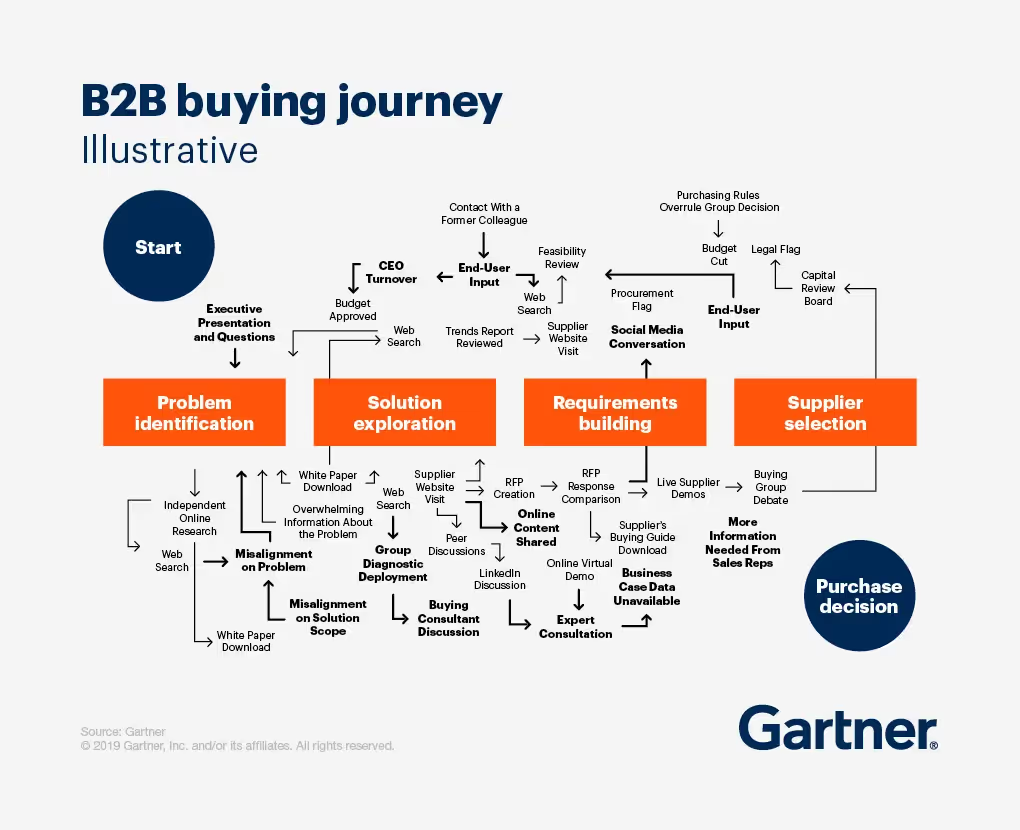
Initial Research and Awareness
In the B2B buyer journey, initial research and awareness are critical stages where businesses recognize issues and begin seeking solutions. This phase sets the trajectory for future decision-making processes.
Identifying a Need
Organizations often recognize a gap in their operations or a new opportunity, which triggers the start of the B2B buyer journey. They typically conduct internal assessments to pinpoint specific needs, which could emerge from factors such as market changes, internal developments, or competition. During this period, it's essential to clearly delineate the organization's requirements to lay a solid foundation for seeking effective solutions.
Exploring possible solutions
Once the need is clearly articulated, businesses shift focus to exploring possible solutions. They usually harness a variety of information sources, such as vendor websites, industry reports, whitepapers, and case studies. Networking with peers at industry events can also provide insights, often leading to the consideration of multiple vendors and product options. Stakeholders involved frequently collect preliminary data to evaluate whether potential solutions could align with the organization's objectives and requirements.
Consideration and evaluation
In the B2B buyer journey, the Consideration and Evaluation stages are critical, as buyers assess their options and scrutinize potential solutions against a set of criteria.
Criteria for evaluation
Buyers typically establish a comprehensive set of criteria to evaluate potential vendors. These criteria often include:
- Product features and capabilities: Ensuring the product meets the specific functional requirements.
- Company reputation and stability: Evaluating the vendor's market presence and history of reliability.
- Pricing structures: Understanding the total cost of ownership and how it fits within the budget.
- Customer support and service levels: Assessing the support offerings and ability to assist post-purchase.
Vendor shortlisting
During the shortlisting process, buyers will:
- Gather detailed information on each vendor.
- Compare vendors side-by-side using the established criteria.
- Identify which vendors meet the required thresholds for each criterion.
Through this process, buyers narrow down the options to a select few that are most capable of meeting their business needs, typically resulting in a request for proposal (RFP) or direct negotiations with the remaining vendors.
Decision and purchase
In the Decision and purchase phase of the B2B buyer journey, organizations finalize their choices and go through the necessary protocols to make a purchase. The processes often involve intricate systems of approval and a meticulous selection of the vendor that best suits their needs.
Approval processes
The Approval processes involve a rigorous examination by relevant stakeholders within a buying organization. It generally starts with the procurement team formalizing the requirements and then moving on to departmental heads or C-level executives for consent, depending on the purchase's scale and impact on the organization.
- Key Steps in Approval:
- Identifying the necessary signatories or authorities
- Preparing and presenting detailed business cases
- Conducting a risk assessment
- Compiling all compliance and due diligence documentation
Items such as purchase orders and legal documents are usually scrutinized during this stage. Some companies may utilize digital tools to streamline approvals, making it essential for vendors to be adaptive to these technologies.
Final Selection
For Final Selection, organizations consider various factors to deliberate on the vendor who will provide the product or service.
- Selection Criteria:
- Price comparisons and negotiation outcomes
- Service level agreements (SLAs)
- Vendor's track record and reliability
- Compatibility with existing systems
The focus is on long-term value rather than short-term costs. The final choice is often made after careful analysis of proposals and may include pilot projects or demonstrations. Companies aim to establish a partnership that fosters both growth and innovation. After the selection, the final step is the exchange of contracts, upon which the official purchase is made, and the implementation phase can begin.
Implementation and Adoption
After the decision-makers have settled on a solution, the B2B buyer journey transitions to the critical stage of Implementation and Adoption. This phase ensures the purchased solution is smoothly integrated and the users are adequately trained, which are crucial factors in achieving the desired return on investment.
Integration into Operations
The integration into operations involves technical setups and alignments with current systems. Establishing a detailed plan outlining each step of the integration process is essential. The company should focus on:
- System Compatibility: Ensuring the new solution is compatible with existing technology.
- Data Migration: Carefully transferring data to maintain integrity and consistency.
User Training and Support
Businesses must provide comprehensive resources for user training and support to facilitate a smooth transition. They should invest in:
- Training Workshops: Practical sessions that help users understand the new system.
- Ongoing Support: A dedicated support team is ready to address any issues post-implementation.
Effective implementation and user adoption help capitalize on the investment and cultivate long-term business growth.
Mapping and Optimizing the B2B Buyer Journey
Companies must meticulously map and optimize each stage to effectively navigate the complexity of the B2B buying process. This ensures a thorough understanding of the buyer’s experience and identifies opportunities for improvement.
Set Goals
Setting clear, attainable goals is the foundation of an effective journey map. These should align with broader business objectives and address specific aspects of the customer experience you aim to enhance.
Do Customer Research
Customer research is pivotal. Businesses should gather detailed insights about their customers' behaviors, preferences, and requirements to inform the journey map.
List all B2B Customer Journey Touch Points
Identifying every touchpoint in the B2B journey, from initial contact through post-sales support, allows companies to create a comprehensive map that covers the entire spectrum of customer interactions.
What Problems and Pain Points Your Customers Have
Recognizing customer challenges and pain points is crucial. These insights help tailor the buying journey to address obstacles and facilitate a smoother customer experience.
Choose What Resources You Need
Ascertain the resources necessary to support your buyers’ journey. Whether it’s staff training or technological tools, ensuring you have the right assets in place is key.
Bring value across the digital journey
Integrating value at every step of the digital journey helps move buyers toward a decision. This means providing relevant content and support, as well as ensuring easy navigation through digital platforms.
Analyze performance
Performance should be continuously analyzed using metrics and KPIs that reflect journey efficacy. This identifies what’s working well and what requires adjustment.
Build feedback loops to optimize the journey
Establishing feedback loops from customer interactions, surveys, and behavioral data feeds improvements. These insights enable ongoing refinement of the buyer journey.
Incorporate the B2B buyer journey into your CX strategy
Integrating the B2B buyer journey into a company's customer experience (CX) strategy is essential for providing business customers a comprehensive and cohesive experience. The journey consists of several stages, and understanding each can greatly enhance the effectiveness of a CX program.
- Awareness Stage: At this initial point, the prospective buyer recognizes a need or challenge. The CX strategy should include educational content and engagement opportunities that highlight the company’s ability to address these issues.
- Consideration Stage: Here, buyers are comparing options. A CX strategy must provide detailed information and comparisons to showcase the company’s value proposition and differentiate its offerings from competitors.
- Decision Stage: As buyers are ready to purchase, the CX strategy should facilitate a seamless and straightforward transaction process, with clear communication and support channels.
A B2B journey optimization is not a one-time event but a continuous process that should incorporate feedback loops and adapt based on customer data and insights. The implementation of these insights ensures that each customer's evolving needs are met.
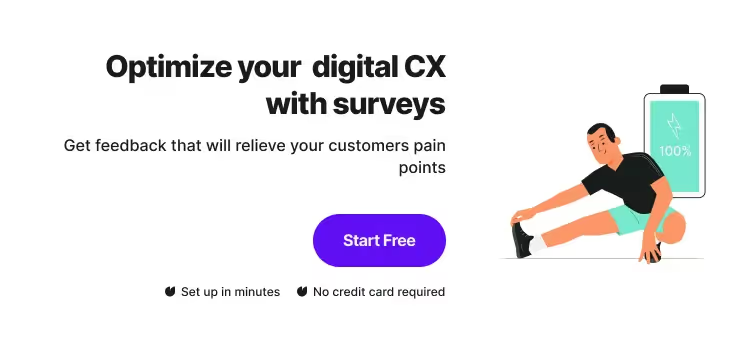
Moreover, companies must prioritize digital channels, as 72% of B2B decision-makers show a preference for making substantial purchases online. Therefore, optimizing the online experience, including self-service platforms, is critical.
Lastly, the CX strategy should enable company representatives to paint a clear picture of the solution's value throughout the buyer journey. As the B2B buying process becomes more complex, marketing and sales teams must collaborate to guide customers with clarity and confidence toward a purchase.
Relationship Management
Effective relationship management in the B2B buyer journey hinges on offering excellent customer service and support and employing proven client retention tactics. These components are critical for nurturing trust and fostering long-term business partnerships.
Customer Service and Support
In the B2B context, customer service and support are pivotal. Companies have realized that providing personalized support is vital for maintaining a strong relationship. For instance, employing omnichannel support via phone, email, live chat, and social media ensures that assistance is readily available to clients, regardless of their preferred communication method.
Moreover, response times must be swift, with most B2B buyers expecting replies within 24 hours. Additionally, the availability of comprehensive self-service resources, like FAQs and knowledge bases, empowers customers to find quick solutions, reflecting a company's dedication to customer autonomy and respect for their time.
Client Retention Tactics
For customer retention, consistency and added value are key. Strategies such as regular business reviews can help both parties stay aligned on goals and performance. They also offer an opportunity to address concerns proactively. Offering customized solutions that cater specifically to each client’s unique business needs can significantly increase satisfaction and loyalty; this includes tailoring products, services, or pricing models to meet specific requirements.
Above all, a reward program for long-term clients can effectively demonstrate appreciation for continued business, encouraging ongoing engagement and reinforcing the mutually beneficial nature of the relationship.
Expansion and Advocacy
In the later stages of the B2B buyer journey, companies focus on leveraging existing relationships to drive additional value and growth. Expansion and advocacy efforts are critical, as they can transform successful sales into continuing revenue streams and new customer acquisition channels.
Cross-Selling and Upselling
Companies often view existing customers as opportunities for expansion through cross-selling and upselling. In cross-selling, businesses aim to sell complementary products or services, whereas in upselling, the goal is to convince the customer to purchase a premium or upgraded version of the initial offering. A crucial facet of this process is a deep understanding of each customer's business needs and the ability to time these offers smartly, ensuring they are seen as beneficial enhancements rather than aggressive sales tactics.
Strategies for cross-selling and upselling might include:
- Analyzing purchase patterns: To identify potential opportunities based on the customer's history.
- Tailored communication: Personalized messages that articulate the value and relevance of the offer.
- Value demonstration: Clear evidence of how the upsell or cross-sell provides a return on investment.
Referral and Testimonial Encouragement
Encouraging customers to share their positive experiences through referrals or testimonials can drive new business. Satisfied customers serve as brand ambassadors who can provide credible endorsements. Companies should create structured systems that reward referrals and make it easy for customers to provide testimonials.
To stimulate referrals and collect testimonials, businesses can:
- Offer incentives: Simple rewards for customers who refer new clients can significantly boost referral rates.
- Streamline processes: Ensure there's a straightforward procedure for customers to refer others or share their experiences.
- Highlight success stories: Share testimonials in marketing materials to showcase real-world examples of customer satisfaction.
Improve your B2B buyer's journey with Survicate
As we've journeyed through the B2B buyer's world, it's clear that the path to purchase is more akin to a game of chess than a simple transaction. Every move is calculated, every strategy is deliberate.
From the initial spark of recognition to the final stages of decision and purchase, each step is critical and requires careful navigation. Survicate survey software is designed to illuminate customer insights and streamline feedback collection.
With Survicate, you can map customer touchpoints, gauge satisfaction, and adapt your approach for continuous improvement. The platform's ability to integrate with your digital CX strategy means you're always one step ahead, personalizing experiences and capturing real-time data to inform your next move.
Ready to elevate your B2B buyer journey? Embrace the art of listening with Survicate. Start your journey with a free 10-day trial that unlocks all the Business Plan features.








.webp)

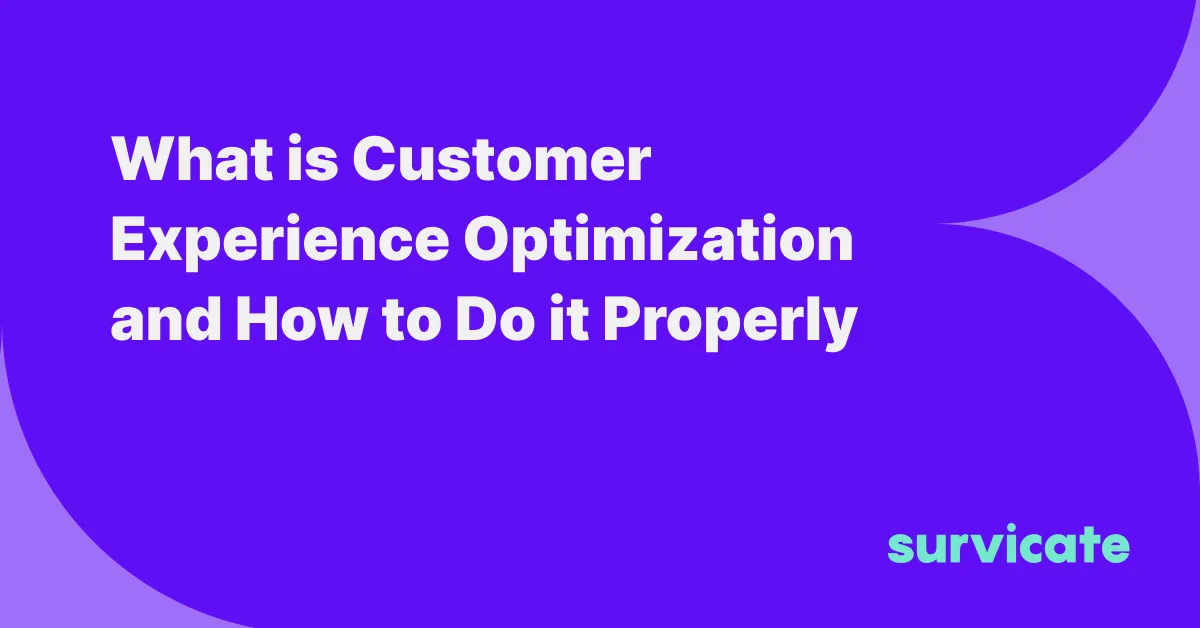
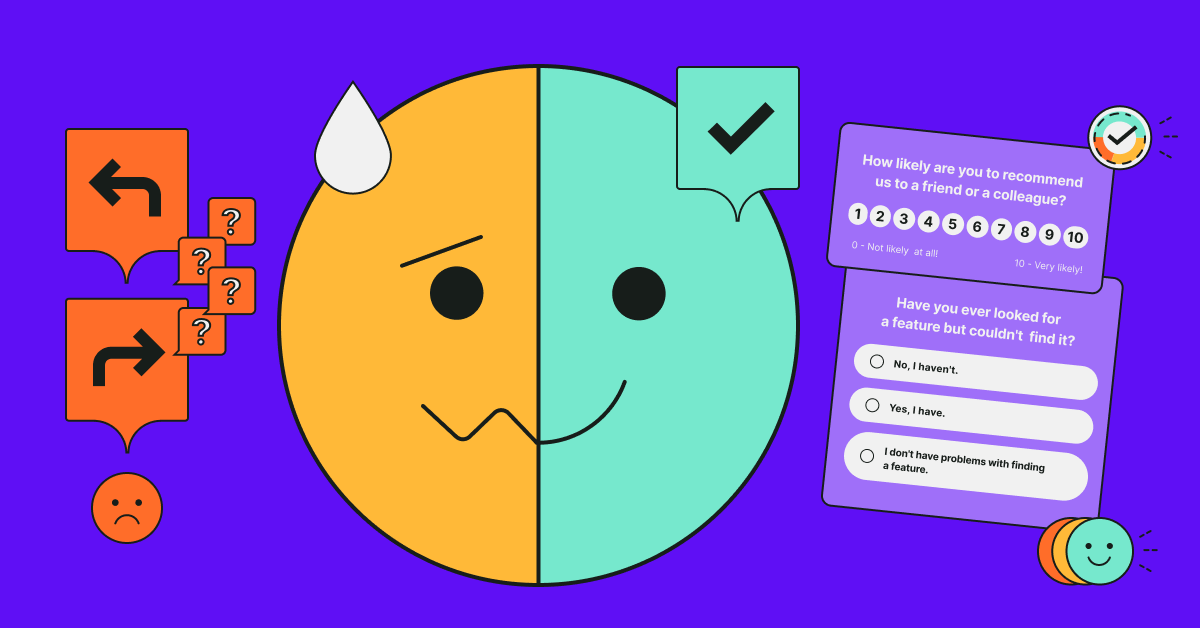

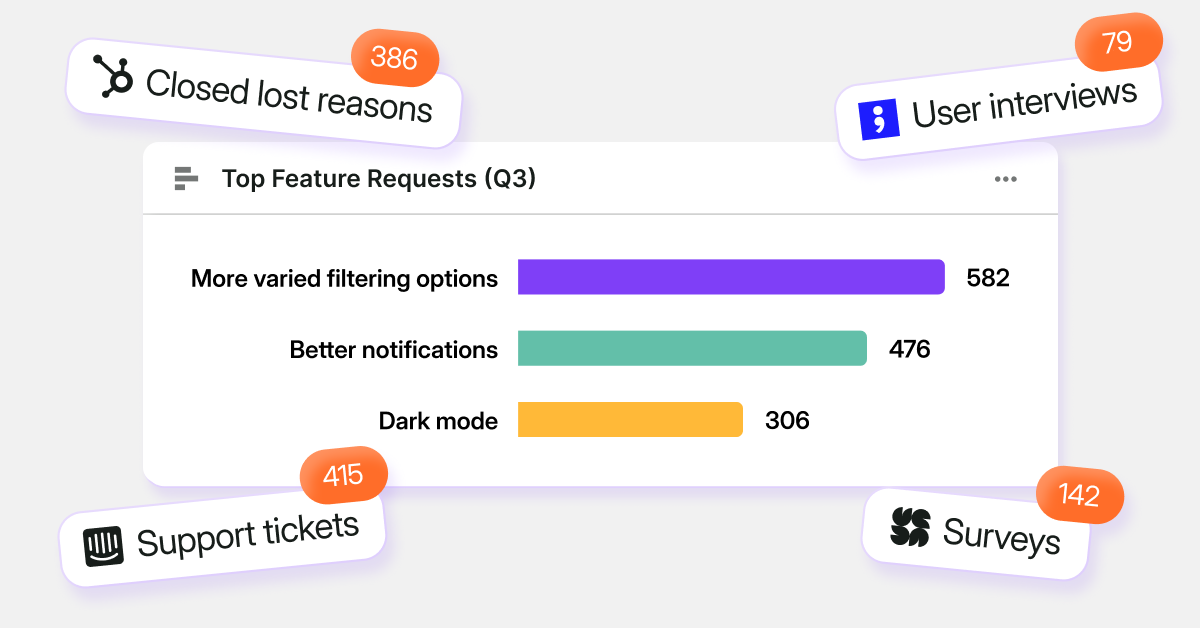
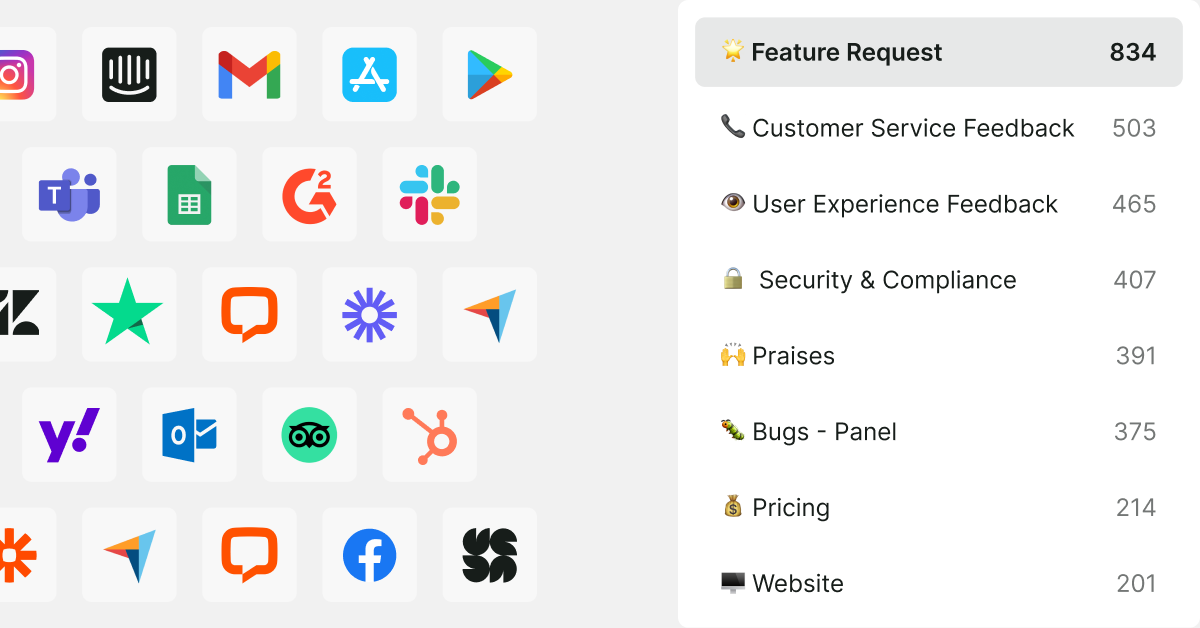
.svg)

.svg)



